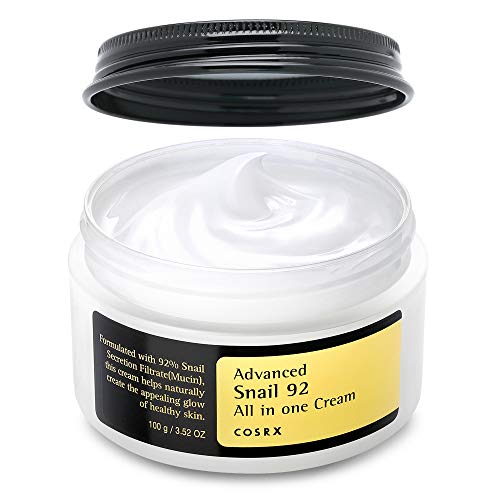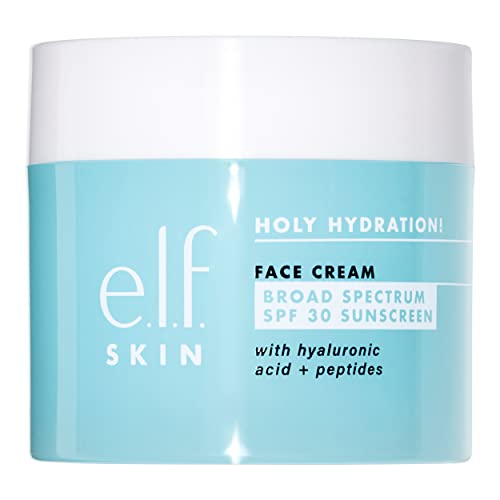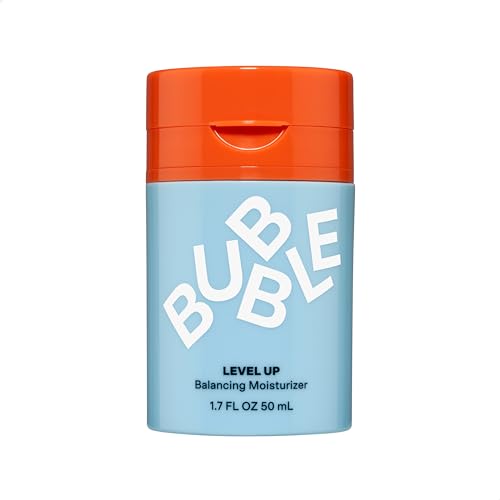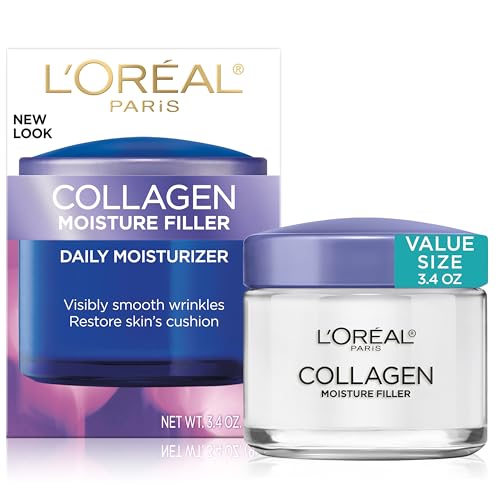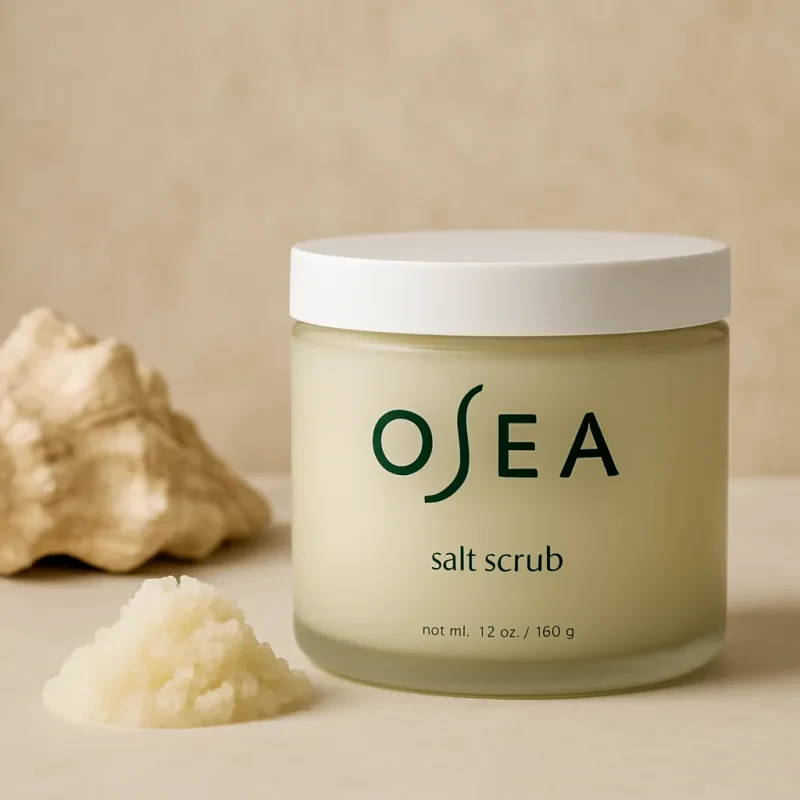Understanding Winter Skin Needs
As the winter season approaches, significant changes occur in the environmental conditions that can profoundly affect skin health. Cold temperatures, reduced humidity levels, and indoor heating contribute to an environment that often leads to dry, flaky, and irritated skin. The skin, which acts as a barrier to the external environment, loses moisture more rapidly in these conditions. Consequently, understanding the implications of winter weather on skin is essential for maintaining overall skin health.
One of the most noticeable effects of winter is the decrease in humidity, both outdoors and indoors. As outdoor temperatures drop, the air becomes drier, which can strip the skin of its natural moisture. Furthermore, indoor heating systems typically circulate warm air that lacks humidity, creating a double challenge for skin hydration. Such conditions can lead to a compromised skin barrier, resulting in irritation, redness, and an increased propensity for certain skin conditions such as eczema or psoriasis.
To combat these winter skin challenges, it becomes crucial to adapt skin care routines to meet the heightened needs for hydration and moisture retention. Moisturizing products become essential in this transition, as they help replenish the skin's moisture and restore the protective barrier. Ingredients such as hyaluronic acid, glycerin, and ceramides are particularly beneficial during these months as they attract, retain, and lock in moisture. Regular application of these moisturizing skin care products ensures that the skin remains supple and hydrated, mitigating the adverse effects of winter’s harsh conditions.
In sum, recognizing how winter adversely affects the skin underscores the need for a strategic approach to skin care. By incorporating effective moisturizing ingredients into daily routines, individuals can maintain healthier skin throughout the winter months.
Key Ingredients for Hydration
During the winter months, maintaining skin hydration is crucial, as colder temperatures can lead to dryness and irritation. Several essential ingredients stand out for their ability to moisturize and protect the skin effectively. Among these, hyaluronic acid is particularly notable. This powerful humectant draws moisture from the environment and binds it to the skin, helping to maintain optimal hydration levels. Its impressive capacity to hold up to 1000 times its weight in water makes hyaluronic acid an excellent choice for those looking to combat winter dryness. When incorporated into skin care products, hyaluronic acid not only hydrates but also improves the overall texture and elasticity of the skin.
Another key ingredient to look for is glycerin, which works similarly to hyaluronic acid. As a humectant, glycerin attracts moisture and helps to keep the skin plump and hydrated. It creates a barrier that prevents moisture loss, making it particularly beneficial during the dry winter months. Additionally, glycerin can improve the skin’s smoothness and overall appearance, promoting a healthy glow. Products containing glycerin can be invaluable for individuals with sensitive or dry skin types, as they soothe irritation while delivering essential moisture.
Ceramides also play a vital role in winter skin care. These lipid molecules help to strengthen the skin barrier, protecting against environmental aggressors and preventing moisture loss. By restoring the skin’s natural lipid structure, ceramides can enhance hydration levels and improve overall skin health. They work effectively in combination with other moisturizing agents, making products that feature ceramides particularly effective during harsher weather conditions. By incorporating these key ingredients—hyaluronic acid, glycerin, and ceramides—into your skin care routine, you can help ensure that your skin remains hydrated, healthy, and resilient throughout the winter season.
Natural Oils and Butters to Consider
As the chill of winter sets in, selecting moisturizing skin care products enriched with natural oils and butters becomes increasingly important. These ingredients not only provide deep nourishment but also establish a protective barrier against the harsh, drying conditions typical of this season. Among the most beneficial natural ingredients are shea butter, jojoba oil, and almond oil, each known for their unique moisturizing properties and suitability for various skin types.
Shea butter, derived from the nuts of the shea tree, is renowned for its intensive moisturizing capabilities. It is rich in vitamins A and E, providing not only hydration but also promoting skin elasticity. Its thick consistency forms a protective layer on the skin, effectively sealing in moisture and reducing trans-epidermal water loss. This makes shea butter an excellent option for individuals with dry or sensitive skin, delivering long-lasting hydration and enhancing overall skin texture.
Jojoba oil is another remarkable natural ingredient that mimics the skin's natural oils, making it suitable for all skin types, including oily and acne-prone skin. Its lightweight, non-comedogenic properties allow for deep penetration without clogging pores. Jojoba oil helps to balance oil production while delivering hydration, making it a versatile option in winter skincare routines.
Almond oil, extracted from almonds, is rich in fatty acids and vitamin E, presenting a softening effect. This oil is particularly beneficial for dry, flaky skin as it absorbs easily and provides a soothing effect. Its anti-inflammatory properties make it suitable for those with sensitive or irritated skin, promoting overall skin health through enhanced hydration and nourishment.
In summary, incorporating natural oils and butters like shea butter, jojoba oil, and almond oil into moisturizing skin care products can significantly combat winter dryness, leaving skin feeling replenished and supple throughout the colder months.
Additional Tips for Winter Skin Care
As winter settles in, it is essential to adapt your skincare routine to tackle the unique challenges posed by colder temperatures and dry air. One of the primary methods to enhance your winter skin care regimen is to focus on the order in which you apply your products. Begin with a gentle cleanser that effectively removes impurities without compromising the skin's natural barrier. After cleansing, it is advisable to apply serums and treatments while your skin is still slightly damp. This allows for better absorption and maximizes hydration.
Once your serum is absorbed, follow up with a rich moisturizer that contains essential ingredients such as hyaluronic acid and glycerin. These components are known for their humectant properties, playing a key role in drawing moisture into the skin. It is often beneficial to layer products, applying the lightest textures first and culminating with thicker creams or oils. This method effectively traps moisture and provides a protective barrier against the harsh winter elements.
Timing is crucial in your winter skin care approach. Aim to apply moisturizers at least twice a day: once in the morning before stepping out, and again at night before bed, allowing skin to rejuvenate while you sleep. Additionally, do not overlook the significance of hydration from within. Consuming sufficient water and incorporating foods rich in omega-3 fatty acids, such as walnuts and flaxseeds, can greatly enhance overall skin health. Foods high in antioxidants such as berries and leafy greens also contribute to maintaining your skin's vitality during the winter months.
By implementing these practical tips—optimizing product layering, maintaining proper cleaning practices, and focusing on internal hydration—you can protect and nourish your skin throughout the winter season, ensuring it remains healthy and radiant.

